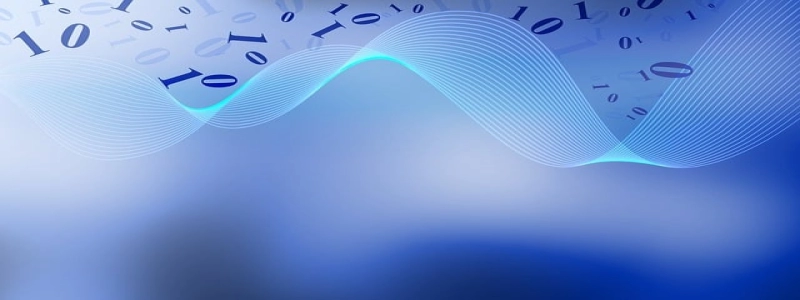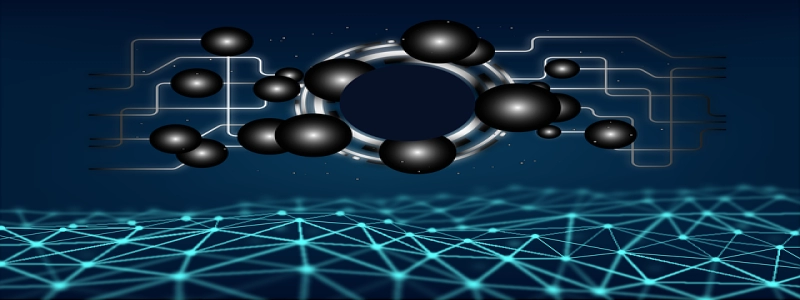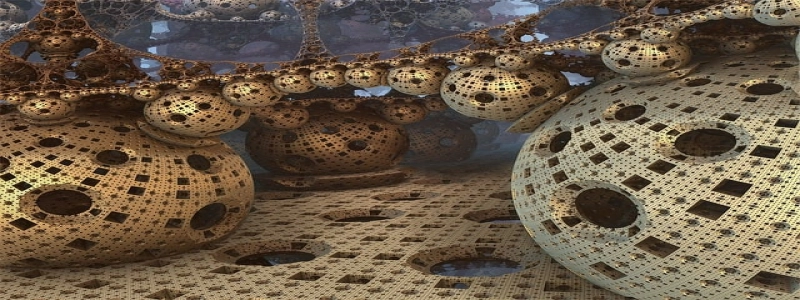Ethernet Cable Code
1. introduzione
Ethernet cables are essential components in networking systems, providing the physical connection between devices such as computers, routers, and switches. To ensure compatibility and reliable data transmission, Ethernet cables follow a specific code that categorizes them into different types. In this article, we will explore the Ethernet cable code and the characteristics of each category.
2. Category 5e (Cat5e)
Cat5e cables are the most common type used in home and office networks. They support data transfer speeds of up to 1,000 Mbps (megabits per second) and have a maximum frequency of 100 MHz (megahertz). Cat5e cables are suitable for basic internet browsing, e-mail, and file sharing. They are backward compatible with Cat5 cables and are often used for Fast Ethernet (10/100 Mbps) connections.
3. Categoria 6 (Cat6)
Cat6 cables are an upgraded version of Cat5e cables, offering higher performance and faster data transmission. They support data transfer speeds of up to 10,000 Mbps and have a maximum frequency of 250 MHz. Cat6 cables are ideal for Gigabit Ethernet (10/100/1000 Mbps) connections and can handle large file transfers, video streaming, and online gaming. They have improved crosstalk and signal-to-noise ratios, reducing interference and ensuring a reliable connection.
4. Category 6a (Cat6a)
Cat6a cables provide even better performance and higher data transfer speeds than Cat6 cables. They support data transfer speeds of up to 10,000 Mbps and have a maximum frequency of 500 MHz. Cat6a cables are suitable for 10-Gigabit Ethernet (10,000 Mbps) connections and can handle demanding applications such as data centers, server farms, and high-bandwidth environments. They have better insulation and shielding, reducing alien crosstalk and improving overall signal quality.
5. Categoria 7 (Cat7)
Cat7 cables are the latest and most advanced type in the Ethernet cable code. They support data transfer speeds of up to 10,000 Mbps and have a maximum frequency of 600 MHz. Cat7 cables are designed to handle demanding applications, including 10-Gigabit Ethernet and future network technologies. They have improved shielding and insulation, providing excellent resistance to crosstalk and interference. Cat7 cables are often used in industries where high-speed and reliable connections are critical, such as finance, healthcare, and broadcasting.
6. Conclusione
The Ethernet cable code classifies cables into different categories based on their performance and capabilities. Cat5e cables are suitable for basic networking needs, while Cat6, Cat6a, and Cat7 cables offer higher speeds and improved performance for more demanding applications. When selecting an Ethernet cable, consider the specific requirements of your network and choose the category that best suits your needs. Upgrading to a higher category cable can enhance network performance and future-proof your infrastructure.








